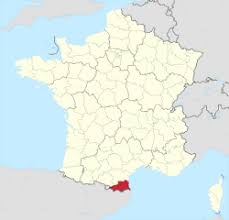Introduction: The Critical Role of Eskom
Eskom, South Africa’s state-owned electricity supplier, has been facing an unprecedented crisis in 2023 due to severe load shedding. This issue is critical as it affects not only the operational capacity of businesses but also the daily lives of ordinary citizens. By understanding the ongoing challenges related to Eskom, South Africans can better prepare and adapt to the changing energy landscape.
The Load Shedding Crisis
As of late 2023, Eskom has implemented load shedding at Stage 6 at various times, meaning that customers may experience up to twelve hours without power each day. The primary reasons cited for this extreme measure include outdated infrastructure, insufficient maintenance, and a continuous struggle to meet demand amid the country’s economic recovery post-COVID-19.
According to Eskom’s CEO, the utility has been grappling with multiple generating unit failures, which heightened the need for load shedding. Reports show that between 12,000 to 15,000 MW have been unavailable due to technical and operational issues, illustrating the depth of the current energy crisis faced in South Africa.
Government Response and Public Impact
The South African government has been under immense pressure to handle the fallout from Eskom’s power cuts. In various forums, officials have discussed the possibility of expediting renewable energy projects, including solar and wind initiatives, to supplement existing power supply. Nonetheless, questions remain about the timeline and ability to adapt these solutions efficiently.
Businesses, particularly small and medium enterprises (SMEs), report significant losses due to load shedding. A new survey conducted by the South African Chamber of Commerce and Industry highlights that about 75% of SMEs are unable to operate effectively during load shedding times, leading to job losses and economic instability.
Conclusion: Looking Ahead
The situation at Eskom continues to evolve, with forecasts suggesting that power shortages may persist for the foreseeable future unless decisive action is taken. The utility is working on addressing aging infrastructure and is in talks for possible public-private partnerships aimed at increasing capacity and improving operational efficiency.
For South Africans, staying informed and proactive can make a difference during this challenging time. Adopting energy-efficient practices and exploring alternative energy sources may become the new norm as the nation navigates through these tough financial waters. The crisis served as a wake-up call, pushing the urgency for a sustainable energy strategy in South Africa.


